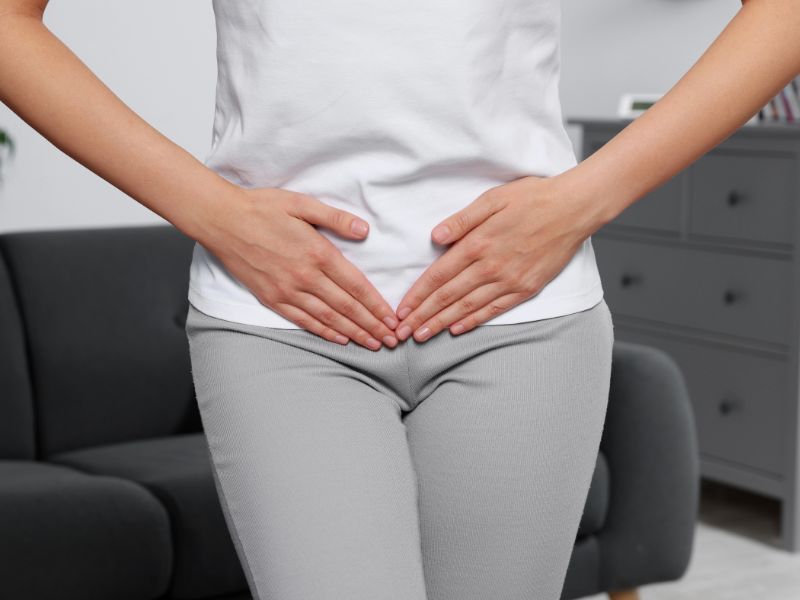
The field of Urogynaecology focuses on the diagnosis, prevention and treatment of bladder and pelvic floor conditions in women while incorporating services from both urology and gynaecology. It is a branch of obstetrics and gynaecology that specialises in female pelvic medicine, functional issues and reconstructive surgery.
Understanding Your Pelvic Floor
The pelvic floor is a group of muscles located in the lower abdomen, just beneath the bladder. These muscles provide support for the bladder, uterus, and rectum in women. They also help control bladder and bowel movements. When these muscles are weakened or damaged, a variety of issues such as urinary incontinence, pelvic organ prolapse, genital pain, and faecal incontinence can occur.
What are the common bladder conditions affecting women?
The most commonly reported bladder condition is urinary incontinence, which is the involuntary leakage of urine, and can range from stress urinary incontinence, urge urinary incontinence, or mixed urinary incontinence, urinary retention and pelvic organ prolapse.
What is Urinary Incontinence?
Urinary incontinence (UI) occurs when the muscles or nerves that control the release of urine are weakened or damaged. This can lead to an inability to control the release of urine, resulting in involuntary leakage or dribbling. UI is a common but treatable condition and can occur as a result of childbirth, ageing, obesity, menopause, certain medications or medical conditions.
How do you know if you have a bladder problem?
If you are experiencing any of the following symptoms, it is important to talk to your doctor about getting evaluated for a bladder issue:
- frequent or sudden urges to urinate
- difficulty emptying the bladder
- leakage or dribbling of urine
- pain during urination
- difficulty starting or stopping a stream of urine.
Are there treatments available for bladder and pelvic floor conditions?
Yes, there are many treatments available for these conditions. Treatments such as medications, physical therapy, lifestyle modifications, and vaginal surgery can help improve such bothersome bladder conditions.
How can I take control of my bladder health?
Taking steps to maintain a healthy bladder is important in managing any condition affecting the urinary system. Some tips on how you can take control of your bladder health include:
- drinking enough water throughout the day to stay hydrated
- avoiding bladder irritants such as caffeine and alcohol
- performing Kegel exercises (pelvic floor exercise – PFE) regularly to strengthen and maintain pelvic floor muscles
- wearing absorbent pads or garments if and when necessary
Are there any other ways I can take control of my bladder health?
In addition to visiting a Urogynaecologist, individuals can also adjust their diet and lifestyle habits for better bladder health. Eating more fibre-rich foods and avoiding bladder irritants such as caffeine, alcohol, and artificial sweeteners can have a positive effect on bladder health. Regular exercise, such as walking, swimming, yoga or pilates can also be beneficial for strengthening the pelvic floor muscles and improving bladder control.
Conclusion
Overall, bladder health is a key component of women’s health and quality of life, and should not be taken lightly. The right care from a specialised Urogynaecology centre can help individuals take control of their bladder health. By following the lifestyle tips discussed above as well as visiting your doctor for regular checkups, you can ensure that your bladder stays in peak condition.
Disclaimer: The information provided in this article is for general purposes only and should not be considered as a substitute for medical advice. Always consult with your healthcare provider before making any changes to your current treatment plan or starting any new medications.

